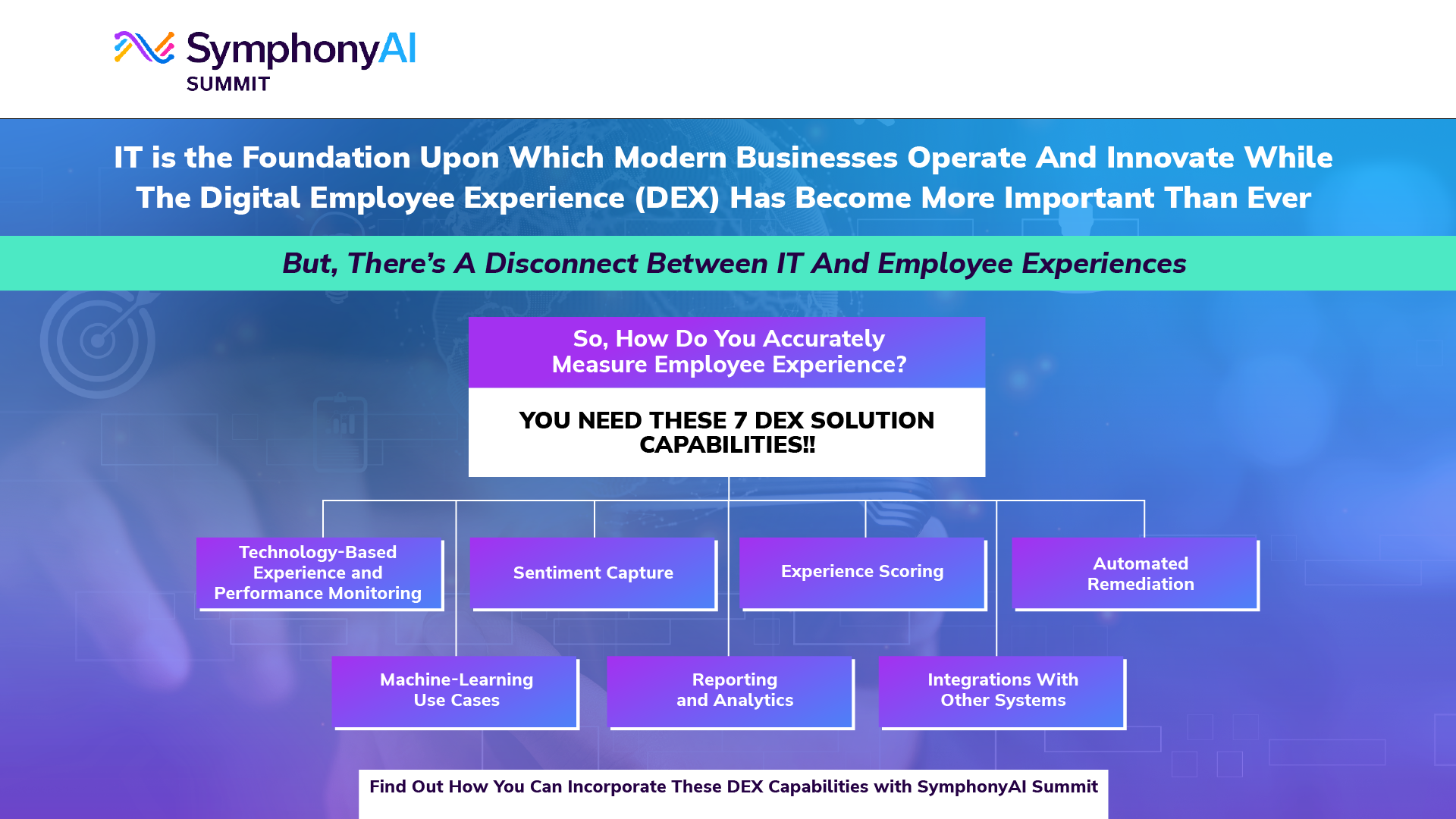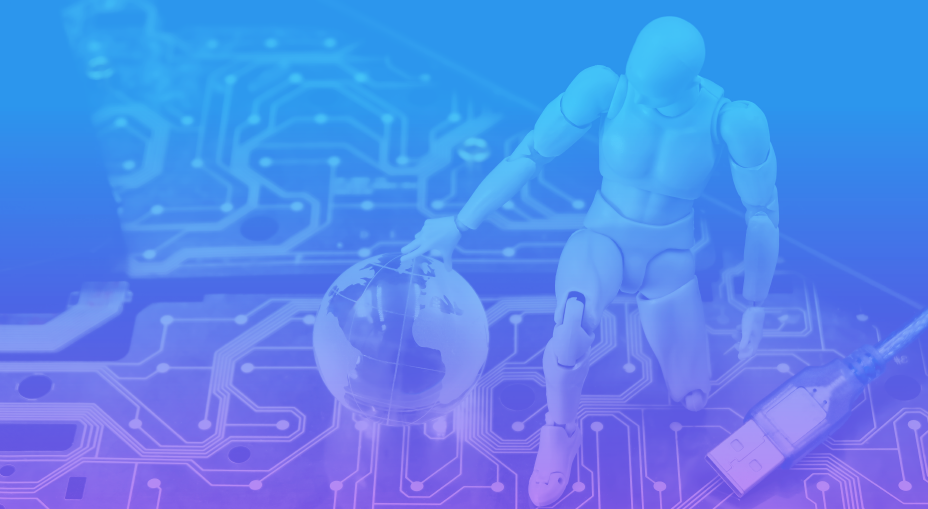

Did you know that a seamless digital experience is just as important to your employees as it is to you? A poor DEX can lead to frustration and decreased productivity, while a positive one can increase engagement, loyalty, and job satisfaction.

The disconnect between IT and employee perceptions can be traced to two root causes:
o Root Cause 1: IT metrics can be misleading! Focusing only on operational areas like speed and volume can result in missed opportunities to address what end-users really need.
o Root Cause 2: Measuring IT performance at the wrong point! When measurements are taken at the point of IT service creation instead of end-user consumption, the view can be the polar opposite.

Your DEX solution should incorporate cutting-edge technology to provide advanced experience and performance monitoring capabilities, ensuring optimal system functionality and user satisfaction.
• Operating systems (OS), including Microsoft Windows, macOS, Linux, and mobile OS.
• Hardware attributes such as CPU, memory, patching level, and boot performance.
• Application performance, including availability, responsiveness, crashes, and errors.

Advanced sentiment capture tools can help to gather and analyse feedback, allowing you to identify areas for improvement and address concerns before they become major issues.
• DEX solutions offer both pre-built and customisable survey templates.
• This data might more accurately reflect employee perceptions and also provides insight into “what
matters most” to employees.

You need mechanisms that enable your organisation to track and measure the quality of user experience, identify trends, and take proactive steps to improve service delivery.
• The combination of technology-based and sentiment data to create an overall experience score.
• There’s no industry standard, with each DEX solution provider having its own calculation method.

Your DEX solution must incorporate automated remediation processes that can quickly detect and resolve issues, reducing downtime and ensuring optimal system performance. This is invoked in three ways:
• Auto-remediation based on policies.
• IT-staff-initiated.
• End-user-initiated.

By leveraging machine-learning use cases, such as predictive maintenance and anomaly detection, you can anticipate potential issues and provide proactive solutions that enhance service delivery and minimise downtime.
• Data-based issue identification.
• Root-cause analysis and diagnosis.
• “Self-healing.”
• Issue prevention using pattern recognition and synthetic transactions.

Comprehensive reporting and analytics capabilities enable your organisation to gain valuable insights into IT infrastructure and service delivery, identify areas for improvement, and make data-driven decisions to optimise performance.
• Real-time insights into Endpoints.
• Real-time insights into end-user experiences across IT services.

Seamless integrations with other systems, such as CRM and ERP software, allow your organisation to streamline processes, enhance collaboration, and improve overall business efficiency.
• Pre-built integrations.
• The ability to create bespoke integrations via an Open REST API, a Web API, or an SDK.
Employee experience is a top priority for businesses, now more than ever. With remote work and digital transformation on the rise, technology and support services are critical for productivity. IT issues are business issues, and delays can lead to lost productivity. It’s time to focus on improving employee experience to drive better business outcomes.
SymphonyAI Summit believes that DEX is the new frontier for ITSM, and has designed its solutions with this in mind.
Watch this video to find out more.
The Importance of the Digital Employee Experience